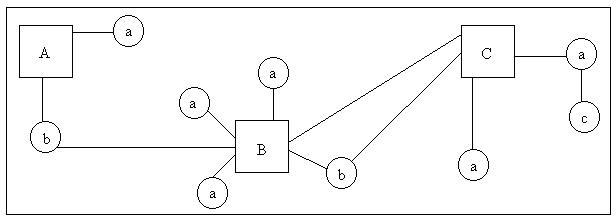| Specific method | Computer assisted form |
| Face-to-face interview | CAPI (Computer Assisted Personal Interviewing) |
| Telephone interview | CATI (Computer Assisted Telephone Interviewing) |
| Self-administered form | CASI (Computer Assisted Self Interviewing) |
| CSAQ (Computerized Self-Administered Questionnaire) |
| Interviewer present | CASI of CASIIP (computer assisted self-interviewing with interviewer present) |
| CASI-V (question text on screen: visual) |
| CASI-A (text on screen and on audio) |
| Mail survey | DBM (Disk by Mail) and EMS (Electronic Mail Survey) |
| Panel research | CAPAR (Computer Assisted Panel Research) |
| Teleinterview (Electronic diaries) |
| Various (no interviewer) | TDE (Touchtone Data Entry) |
| VR (Voice Recognition) |
| ASR (Automatic Speech Recognition) |
| in-person | email | mail |
| interviewer present | interviewer absent | interviewer absent |
| oral | print | print |
| literacy not important | literacy necessary | literacy necessary |
| equipment unnecessary | equipment necessary | equipment unnecessary |
| no incompatibility problem | compatibility problem | no incompatibility problem |
| special skills unnecessary | special skills necessary | special skills unnecessary |
| population not an important issue | population an important issue | population less of an issue |
| synchronous | asynchronous | asynchronous |
| limited by time | unlimited by time | unlimited by time |
| completed at once | completed at leisure | completed at leisure |
| physically invasive | not physically invasive | not physically invasive |
| date of interview precise | date of interview less precise | date of interview imprecise |
| interviewee's comfort no issue | interviewee's comfort assured | interviewee's comfort assured |
| questions must be simple | questions can be complex | questions can be complex |
| summarization difficult | summarization possible | summarization not possible |
| additional research unlikely | additional research possible | additional research possible |
| interviewer control | interviewee/programmer control | interviewee control |
| branching errors (interviewer) | few branching errors | branching errors (interviewee) |
| customized survey difficult | customized survey possible | customized survey difficult |
| random question order difficult | random question order possible | random question order difficult |
| calculations can be difficult | calculations are simple | calculations can be difficult |
| hard not to answer questions | easier not to answer questions | easy not to answer questions |
| non-verbal behaviour noted | non-verbal behaviour unnotable | non-verbal behaviour unnotable |
| probing possible | probing not possible | probing not possible |
| potential interviewer errors | no interviewer errors | no interviewer errors |
| intimate subject discomfort | discomfort lessened | discomfort lessened |
| social desirability bias | social desirability bias lessened | social desirability bias lessened |
| validation after interview | some validation during interview | validation after interview |
| interviewer cheating possible | interviewer cheating not possible | interviewer cheating not possible |
| interviewee cannot be helped | others can help interviewee | others can help interviewee |
| irrelevant info takes up time | irrelevant info more easily ignored | irrelevant info more easily ignored |
| addressing not an issue | bad addresses are usually known | bad addresses aren't as easily known |
| interface not an issue | screen hard to read off of | paper easier to read |
| information limited to speech | information limited to screen | information limited to page |
| expensive | potentially least expensive | potentially less expensive |


 Figure 2.2
Figure 2.2 Figure 2.3
Figure 2.3


